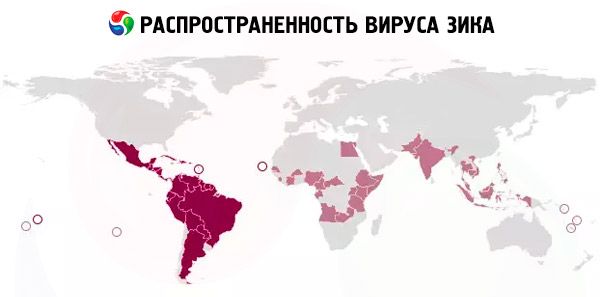New publications
New vectors for the Zika virus have been discovered
Last reviewed: 02.07.2025

All iLive content is medically reviewed or fact checked to ensure as much factual accuracy as possible.
We have strict sourcing guidelines and only link to reputable media sites, academic research institutions and, whenever possible, medically peer reviewed studies. Note that the numbers in parentheses ([1], [2], etc.) are clickable links to these studies.
If you feel that any of our content is inaccurate, out-of-date, or otherwise questionable, please select it and press Ctrl + Enter.
American microbiologists have discovered new insects that carry the Zika virus, the causative agent of a dangerous infectious disease.
The dangerous virus was first isolated during an examination of rhesus macaques back in the 1940s. A little later, during an epidemic, the virus was isolated from the human body. It is noteworthy that until 2007, only sporadic cases of infection were registered. But last year, the World Health Organization registered mass morbidity in Latin American regions.
According to the latest research, specialists from the American University of Georgia have stated that 26 more species of blood-sucking insects are carriers of the disease: previously, there were only nine. Thus, today, 35 species of mosquitoes are known that are capable of spreading the viral disease. At the same time, 7 species are found not only on the American continent, but also in European countries and even in Russia.
Until now, it was believed that the virus was spread only by mosquitoes living in warm climates, such as Latin America. Experts were inclined to believe that the disease could not spread in North America and Canada a priori. However, research by scientific experts, using computer design, helped to discover new species of blood-sucking insects that are potentially capable of spreading the virus in regions where the climate is considered moderate.
One of the study leaders, Dr. Michel Edwards, noted: “We have now identified a number of mosquito species that should be prioritized for eradication in order to reduce the incidence of Zika. The fight must begin now, during the off-season, when mosquito reproduction subsides. It is very important to prepare in time for the start of the summer season in order to prevent the spread of the infection.”
Potential carriers of the disease, discovered by scientists, have a characteristic structure of the proboscis and digestive tract: their blood-sucking apparatus and digestive system have an optimal structure for transmitting the pathogen of Zika fever.
The virus, penetrating the human body, causes the development of a feverish condition, occurring against the background of joint pain and scabies. The overwhelming majority of people who were infected with Zika fever at different times did not experience any serious ailments leading to death. However, the disease is considered especially dangerous for women during pregnancy: the virus can provoke the development of microcephaly in the future baby, or even cause its death.

Some adults also experienced negative consequences of the viral disease: for example, cases of Guillain-Barré syndrome, an autoimmune process with significant muscle weakness, were recorded.

 [
[